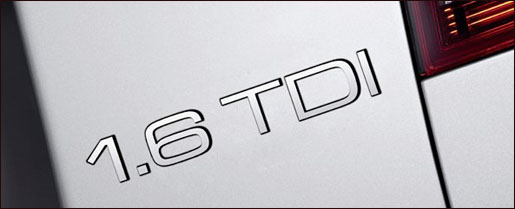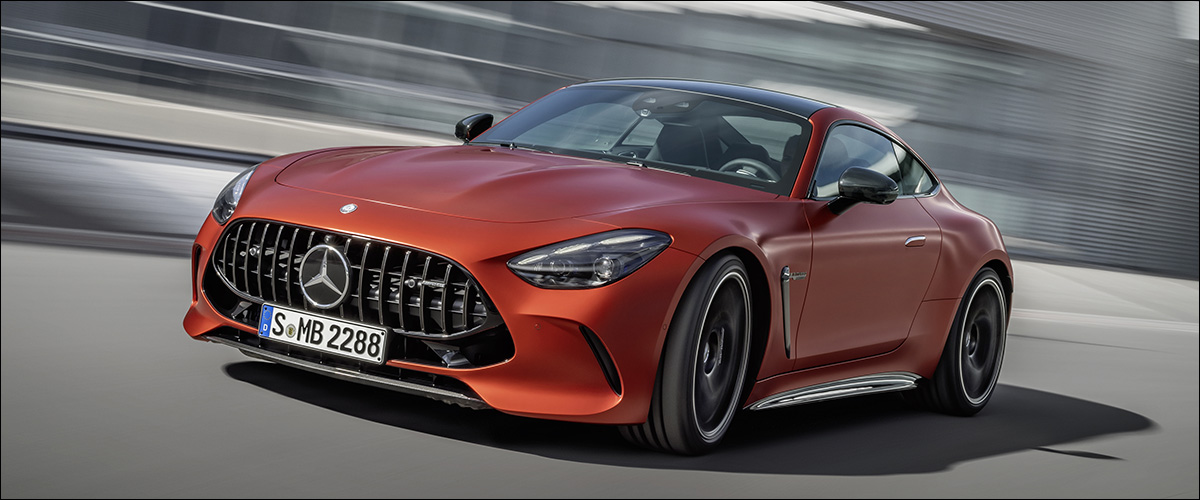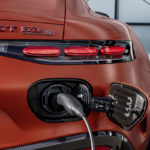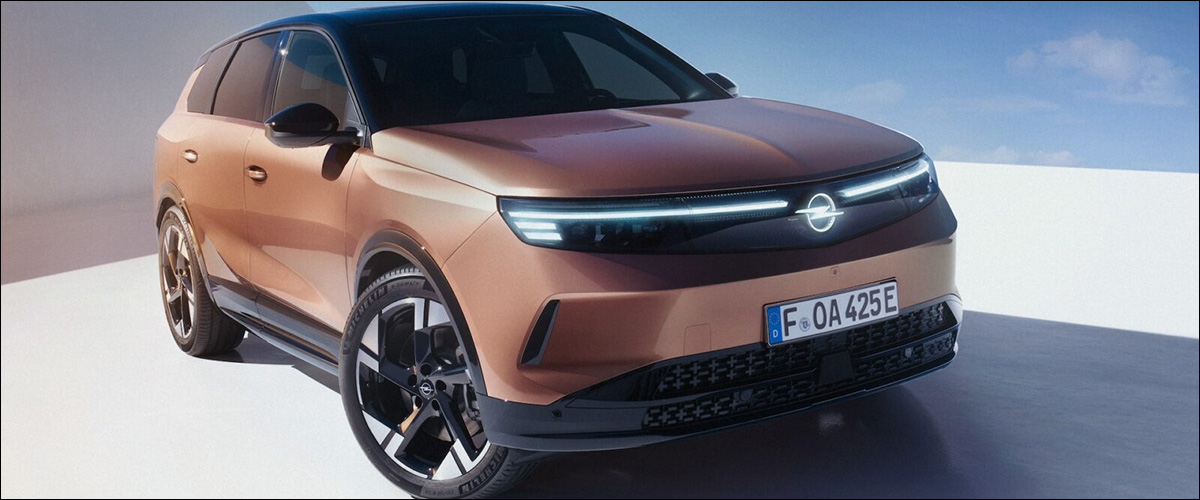
Audi heeft een nieuwe motor toegevoegd aan het gamma van de A3. De 1.6 liter grote dieselmotor stoot amper 99 gram CO2 uit per km.
Het vermogen van deze dieselmotor komt neer op 105 pk en de wagen beschikt over 250 Nm trekkracht. De Audi A3 met deze dieselmotor heeft voldoende aan 3,8 liter diesel per 100 km, een honderdste minder dan de Volvo C30 DRIVe. Die Volvo C30 DRIVe beschikt dan weer over 5 paarden extra.
Ondanks de milieuvriendelijkheid maakt de 1.6 liter TDI-motor geen slak van de Audi A3. De sprint naar honderd kan de Audi A3 1.6 TDI voltooien in 11.4 seconden, de Audi A3 Sportback doet er 3 honderdsten langer over.
Only 99 grams CO2 per kilometer: Two new models in Audi’s A3 series
* Audi A3 1.6 TDI with 99 grams CO2/km
* Innovations from the Modular Efficiency Platform
* 77 kW (105 hp) and 250 Nm of torque for powerful propulsionAudi has once again raised the efficiency bar: the new A3 1.6 TDI emits just 99 grams of CO2 per kilometer (159.33 g/mile) — thus undercutting the threshold of 100 g/km (160.93 g/mile). This corresponds to astounding fuel efficiency of 3.8 liters of diesel per 100 km (61.90 US mpg). At the same time, this TDI engine generates 77 kW (105 hp) of output and 250 Nm (184.39 lb-ft) of torque, for powerful propulsion.
The new models in the A3 series are powered by a four-cylinder TDI, which delivers 77 kW (105 hp) at 4,400 rpm from a displacement of 1,598 cc and — between 1,500 and 2,500 rpm — steadily transmits 250 Nm (184.39 lb-ft) of torque to the crankshaft. The TDI propels the three-door A3 from 0 to 100 km/h (0 to 62.14 mph) in 11.4 seconds and on up to a top speed of 190 km/h (118.06 mph); the A3 Sportback reaches 100 km/h in 11.7 seconds.
The exemplary fuel efficiency of 3.8 liters of diesel per 100 km (61.90 mpg) is largely due to the synergetic impact of technologies from Audi’s modular efficiency platform. The start-stop system turns the engine off as soon as the vehicle comes to a stop, the shift lever is in neutral, and the driver has removed their foot from the clutch pedal. Start-stop then turns the engine back on as soon as the clutch pedal is depressed — all the while functioning quietly, conveniently, and quickly.
During braking and coasting phases, the energy-recovery system intelligently controls the alternator to recover energy, which is temporarily stored in the battery. This energy is then fed back into the electrical system during acceleration — thus reducing the load on the alternator. That saves fuel. The energy-recovery system and the start-stop system unleash their full potential under city-driving conditions — precisely where most customers drive every day.
Both new models in the A3 series roll off the assembly line with manual five-speed transmissions featuring a final drive ratio longer by some seven percent. A gear-change indicator in the instrument cluster helps the driver to select the ideal gear. This solution is key, as about 30 percent of fuel consumption depends on a given driver’s decisions and driving style.
The new Audi A3 1.6 TDI models with 99 g CO2/km boast even more innovations from Audi’s Modular Efficiency Platform. The vehicle’s body is slightly lower to the ground. This reduces the frontal area and — in conjunction with specially designed elements on the body and the underbody — aerodynamic drag, as well. The 195/65 R 15 tires excel via especially low rolling resistance.
Audi will begin selling the A3 1.6 TDI and the A3 Sportback 1.6 TDI in the first half of 2010. Prices will be similar to those models already on the market which offer the same performance.

 De gloednieuwe Lamborghini Urus SE plug-in hybride wil naast functioneel en performant ook graag zuinig en milieuvriendelijk zijn.
De Lamborghini Urus is een
De gloednieuwe Lamborghini Urus SE plug-in hybride wil naast functioneel en performant ook graag zuinig en milieuvriendelijk zijn.
De Lamborghini Urus is een 





 Deze 816 pk sterke Mercedes-AMG GT63 S E Performance plug-in hybride is naast “milieuvriendelijk” ook het snelst accelererende AMG product.
Nadat eerder de
Deze 816 pk sterke Mercedes-AMG GT63 S E Performance plug-in hybride is naast “milieuvriendelijk” ook het snelst accelererende AMG product.
Nadat eerder de 





 De tweede generatie Opel Grandland SUV is véél ruimer, veelzijdiger en moderner en komt als mild hybride, plug-in hybride en zuiver elektrisch!
Terwijl de compactere Crossland nu als
De tweede generatie Opel Grandland SUV is véél ruimer, veelzijdiger en moderner en komt als mild hybride, plug-in hybride en zuiver elektrisch!
Terwijl de compactere Crossland nu als 

